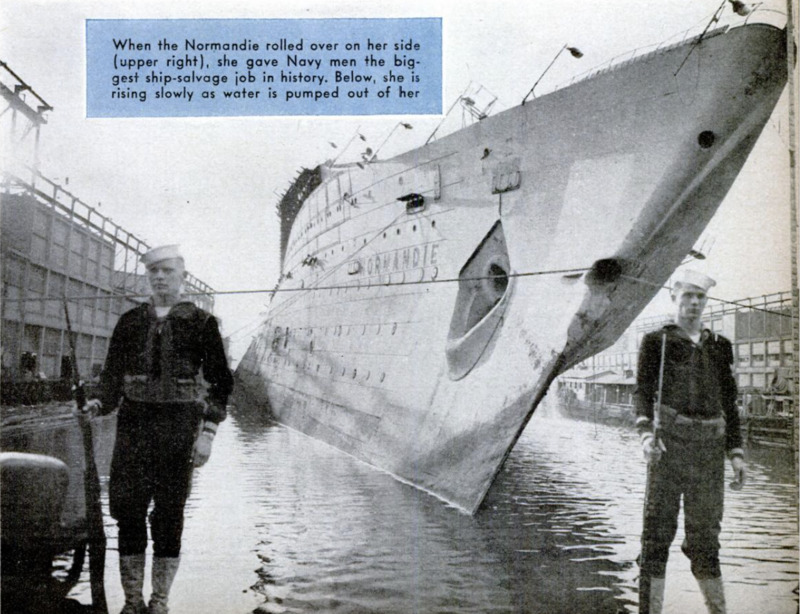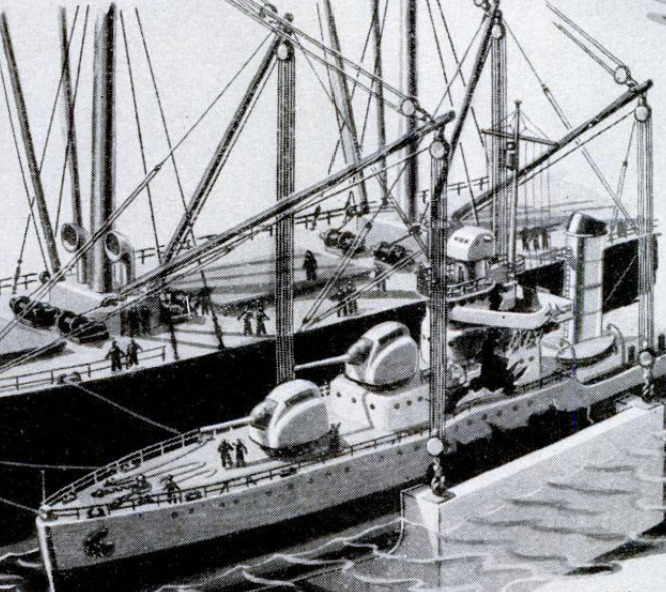-
Titolo
-
Methods for raising sunken ships and submarines
-
Article Title and/or Image Caption
-
Title: They bring 'em back afloat
-
Subtitle: Our navy can raise ships as well as sink them!
-
extracted text
-
FIVE million dollars represents the ap-
proximate cost of five Liberty ships, a
single day’s launchings. It also happens to
be about all that Navy salvage in U.S.
coastal waters has cost since the beginning
of the war, not counting the Normandie.
But this second five million has paid a
return, in the salvaged values of hulls,
cargoes, and supplies rescued from the sea,
estimated at over $400,000,000. We say
“estimated” because the sum grows every
day and because the Navy isn't saying too
much about some of the phases of Navy
salvage’s world-
wide activities, the greatest and most far-
flung salvage work of all time.
Since 1941, when Congress passed a law
permitting the Navy to salvage both public-
ly and privately owned ships, we have heard
a lot about some phases of this work: the
raising of the Normandie and the refloating
of the battleships in Pearl Harbor. But most
of the work has been done quietly, either to
prevent enemy interference and bombing of
work in the war zones, or because there was
no need to inform Hitler and Hirohito that
ships they thought safely sunk are again
carrying cargoes for the United Nations.
The Navy salvage chiefs, whether they
work in Eritrea or in the Solomons, in the
fog-bound Aleutians or en route to Mur-
mansk, must always work pretty much on
their own. Every salvage job calls for
quick, flexible planning and ingenuity in
devising salvage methods.
All salvage jobs, however, fall into a few
general classes. The trick is to adapt the
standard salvage methods to fit each new
task.
One of the largest classes, in terms of
tonnage saved, is that of ships
which, are disabled but not
sunk. Here salvage in the
Navy begins the moment a
ship is hit, when repair parties
explore the damage and try
to limit it. They shore up weak
bulkheads, patch small holes,
pump out compartments, and
restore or improvise hose and
communications lines, so that
the ship can, if possible, get
under way again.
When the injuries are so
great as to prevent the ship
making way under its own
power, towing is resorted to—
a tricky and dangerous job in
heavy and icy seas with enemy
subs always presenting an added element
of danger for both the injured ship and the
rescue vessel. Once towed into harbor, a
disabled ship can usually be repaired and a
very high percentage of its value recovered.
Stranded ships fall into an in-between
class. In wartime, these are often ships
that have been deliberately run aground to
prevent their sinking. Hence they may have
great holes in their hulls, which must be
repaired or temporarily patched in an angry
surf before the ships can be refloated. In
such cases, the most obvious things are usu-
ally the worst things to do. The amateur
would think that discharging ballast and
cargo would lighten a ship and permit her
to float off. But usually, when this has
been done, rough seas have heaved the ship
farther ashore and either completed the
wreck or made salvage far more difficult.
The skilled salvage man, therefore, first
tries to make his ship stay put. He adds
ballast. Then he runs out beach gear, set-
ting anchors a few hundred feet from the
ship. Usually he plays safe and sets these
to all four quarters, until he can get a
chance to study the lay of the bars or
reefs and decide which is the best direction
in which to haul off.
Another bright thought of the amateur
is towing. If a ship is very, very lightly
aground, towing might help in a rising tide
and a calm sea. But whenever conditions are
bad—and they usually are—towing may
make things worse instead of better. A
10,000-ton vessel may be resting 1,000 tons
of its weight on the ground. Three hundred
to 500 tons’ pull will be required to over-
come friction in pulling 1,000 tons along the
bottom. And the biggest tugs seldom have
a pulling power of over 15 tons, because they
must gain all their power through the pull
of their propellers in the water. What
usually happens is that the tug stays put
on the end of its cable and its propellers
churn up the sandy bottom and send it
against the hull of the ship, making the
task harder. With beach gear and anchors,
a much greater pull can be ex-
erted.
Tugs can be useful, though,
in refloating a stranded ship.
One way they are used is to
scour the silt and sand away
from the ship's hull, by the ac-
tion of their propellers. Sometimes they
tie themselves by the bow to the stranded
ship and thus dredge a channel through
which the ship can be hauled into deep
water. High-pressure hose lines are often
used to remove silt or to form working
channels alongside of stranded or sunken
hulls, when patches are to be applied to the
sides or bottoms.
By far the most spectacular sort of
salvage work, however, is that in which
sunken ships are raised. One method uti-
lizes the ship's own structure to attain
buoyancy. Divers go down and explore the
hull, locating all holes and measuring them.
Then the engineers decide which holes must
be plugged up or sealed to make pumping
or blowing possible. Since modern ships are
divided into compartments, it is not neces-
sary to seal all openings under water.
Many can be left to later work after flota-
tion and docking.
The choice of pumping or blowing de-
pends on circumstances. Pumping is ac-
complished with ordinary large-capacity
gas-driven pumps or with electric under-
water pumps. Blowing involves the use of
great air compressors on the salvage ves-
sel, which force air down through hose
lines and thus blow the water out of chosen
compartments. When a sufficient number of
compartments have been blown free of
water to restore buoyancy to the vessel, it
rises to the surface.
For ships in relatively shallow water and
in protected bays and harbors, the coffer-
dam method offers some advantages. This
method involves building up a ship until it
stands clear of the water at high tide. If
this can be accomplished, the water can be
pumped out of the combined structure —hull
and cofferdam—very much as if a giant
bailing operation were being carried on.
The cofferdam itself may be built around
the whole hull or around selected deck open-
ings, such as cargo hatches. The structure
is usually built in sections ashore and
floated or carried on barges to the wreck.
Floating derricks aid in setting it in place,
while divers secure each section to its cor-
responding portion of the ship, using cables
and stays and turnbuckles until they achieve
a watertight joint.
While both the cofferdam and seal-and-
pump methods involve the restoration of
buoyancy to the ship itself, this cannot al-
ways be accomplished economically. Ships
sinking in deep waters—subma-
rines, for example—are often
too difficult to work on for the
long periods these methods re-
quire. Therefore, salvagers fall
back upon a modernized version
of one of the earliest salvage
methods. This involves the use of large |
cylindrical pontons—great tanks that can |
be submerged alongside of the wreck. Once
attached, they are pumped or blown clear
and thus float the wreck to the surface in
a single stage. The method is ideal for the
raising and relocation of relatively small |
wrecks lying at substantial depths.
Curiously enough, some of the jobs that
look the hardest are actually easier than |
some others. A floating dry dock, for in-
stance, seems to present the most difficult
of all salvage jobs, especially if it has been |
effectively scuttled. However, a dry dock |
is a vessel originally constructed for great
buoyancy. It must float both itself and
another vessel. Thus, to raise the dry dock
alone requires the sealing off of only a few |
of its many compartments. |
The decks and bulkheads of a floating dry |
dock also are built to much higher stand-
ards of strength than are those of most
ships, for the decks must support the weight
of great ships, and the bulkheads must with-
stand water pressures in the process of sub-
mersion and flotation, which is the dry dock’s
way of working. Hence, salvage of such a
vessel may actually prove easier than the
lifting of a much smaller hull. |
By no means all sunken or derelict ships
can be salvaged, even in peacetime. Four
hundred feet is almost the maximum depth
at which any work at all can be carried
on; most salvage work is done at much
shallower depths. Many ships that sink
even in shallow waters are simply blasted
away as dangers to navigation, since their
value “as they lie” does not sufficiently
exceed the cost and risk of the salvage
operation they would require.
Despite these limitations, Navy Salvage
does not lack for work. Before the war is
over, it will have restored well over a
billion dollars’ worth of ships and cargo to
the United Nations, and that figure is based
upon value after salvage. The true worth of
Navy Salvage cannot, of course, be esti-
mated, for it must include the immeasurable
value of having cargo vessels and combat
ships now, which could not be built new ir
our capacity-taxed shipyards. In that sense,
the hulls that rose out of the mud at Pearl
Harbor, and countless others, are “finds,”
ghost ships rebuilt to better-than-before
fighting power, now hitting back at the
enemy that treacherously sent them to the
bottom. —ALBERT Q. MAISEL.
-
Autore secondario
-
Albert Q. Maisel (article writer)
-
Stewart Rouse (illustrator)
-
Robert F. Smith (photographer)
-
Lingua
-
eng
-
Data di rilascio
-
1944-01
-
pagine
-
96-102
-
Diritti
-
Public Domain (Google digitized)
-
Archived by
-
Lorenzo Chinellato
-
Marco Bortolami (editor)
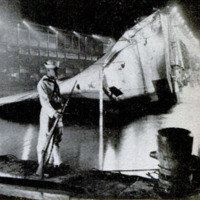 Immagine 2022-04-09 130813.png
Immagine 2022-04-09 130813.png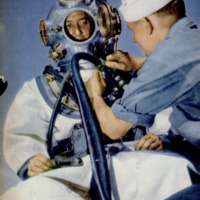 Immagine 2022-04-09 130905.png
Immagine 2022-04-09 130905.png Immagine 2022-04-09 130928.png
Immagine 2022-04-09 130928.png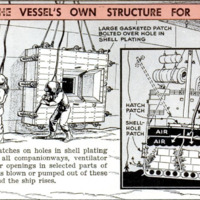 Immagine 2022-04-09 130946.png
Immagine 2022-04-09 130946.png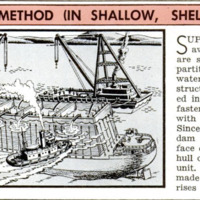 Immagine 2022-04-09 131018.png
Immagine 2022-04-09 131018.png Immagine 2022-04-09 131114.png
Immagine 2022-04-09 131114.png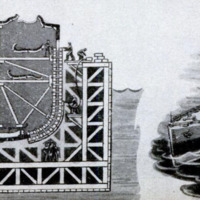 Immagine 2022-04-09 131140.png
Immagine 2022-04-09 131140.png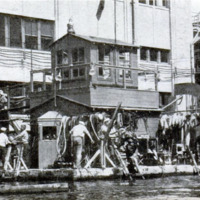 Immagine 2022-04-09 131207.png
Immagine 2022-04-09 131207.png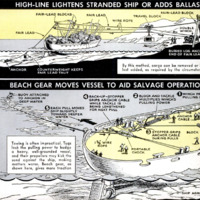 Immagine 2022-04-09 131244.png
Immagine 2022-04-09 131244.png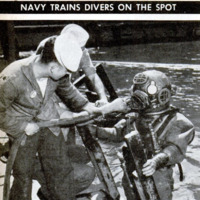 Immagine 2022-04-09 131311.png
Immagine 2022-04-09 131311.png

